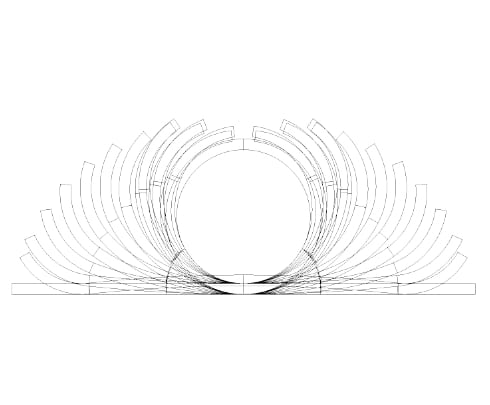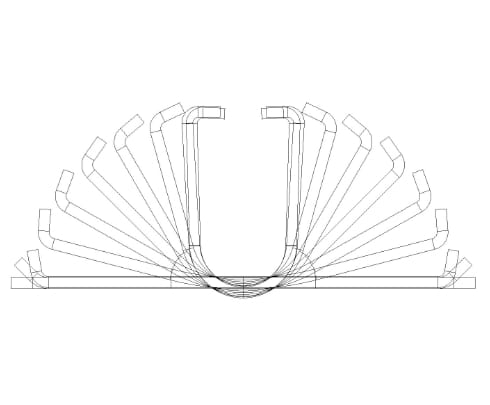
When designing tooling, accuracy, durability, flexibility - and, of course - time and cost, must be taken into consideration. Your tooling should be fit for its application; it should be both easy and safe to operate, and encourage overall production through being efficient and of good quality, in order to facilitate timely, outstanding end products. Creating the perfect roll tooling to achieve this should be taken into account alongside the time and cost it takes to design and manufacture your tooling.
The performance requirements of a tool can be evaluated by simulation or trial production runs before actual production begins. Once the design is tested it may have to go through an iterative process of evaluating the results and then making changes until satisfactory parts are produced.
Bellcliffe Engineering can take all the stress out of this process; our years of experience and expertise can be drawn upon to design and manufacture roll tooling to solve your manufacturing problems, however specialised or complex they may be.
Capabilities & Technical Specifications
Bellcliffe Engineering provides a free site survey, first familiarising ourselves with your rolling machinery and requirements in order to establish how best to create your tooling. We have over 100 combined years experience manufacturing tooling and components worldwide, and are in a leading position to advise you on how to approach your manufacturing problems. Bellcliffe Engineering works with a range of materials, resulting in roll tooling which is refined for your individual needs.
Our roll tooling is made to measure and unique to you - for technical specifications, talk to Bellcliffe Engineering today.

Applications
Bellcliffe Engineering supply machinery and components for a variety of sectors who use roll forming processes and its end products, including:
Got A Question? Get In Touch
FAQs
The type of roll tooling you use will be dependent on the end product you are trying to achieve.
Typically, a rolling mill will consist of steel rolls, which help flatten and shape the metal through bending; shafts, which hold and position the rolls; and stands, which support the shafts through bearings. Additional stands can be added to the rolling mill to increase the number of passes, and the mill’s capabilities.
A rolling mill can also be capable of cutting and punching for cases where this is not possible to do after the product is complete; a rolling mill, therefore, may also require cut-off tooling like shears.